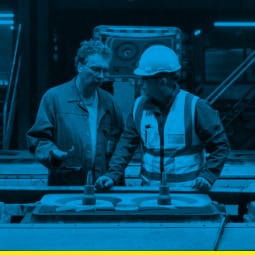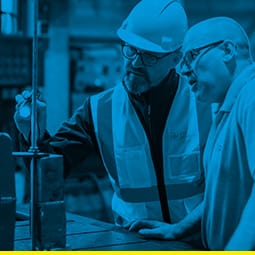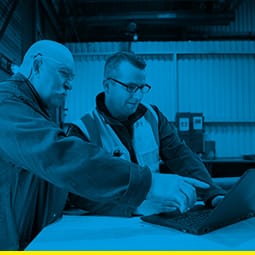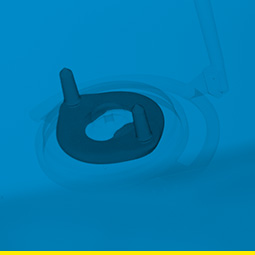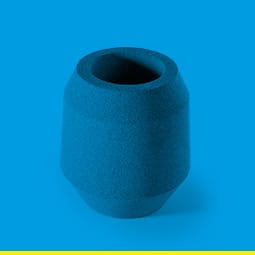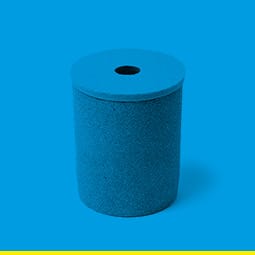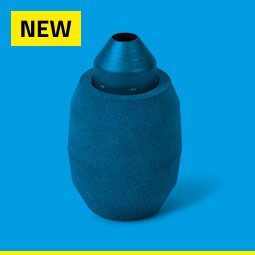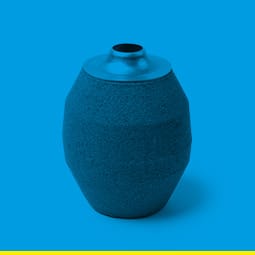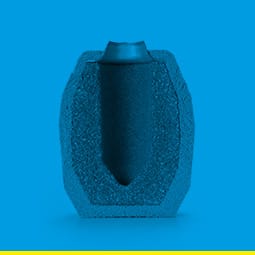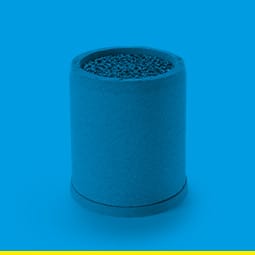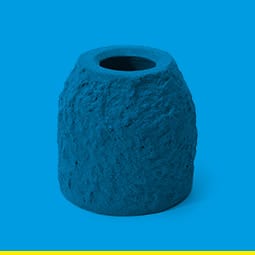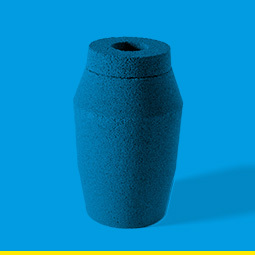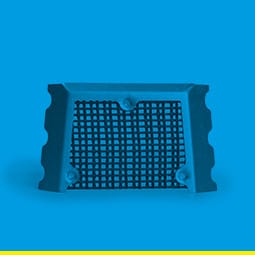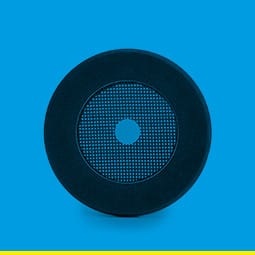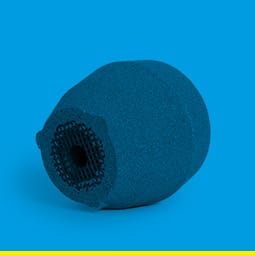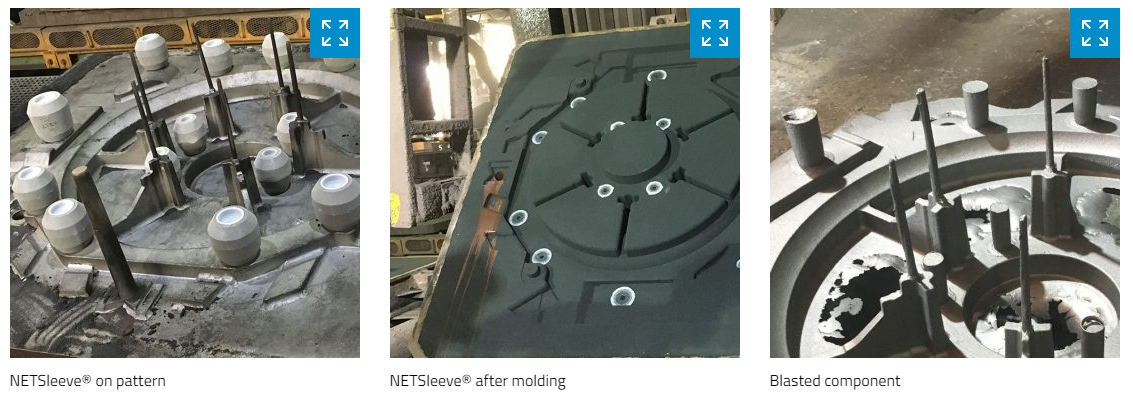NETSleeve®: perfect casting - almost no time-consuming rework
Jörg Schäfer | 18.07.2022
With NETSleeve®, GTP Schäfer once again reinforces its position as innovation and technology leader in the development, manufacture and distribution of riser systems. NETSleeve® is the successful combination of conventional riser and sleeve technology with the innovative NET-Technology®.
To achieve this, we insert a refractory net into the side of the feeder or sleeve facing the casting, which then lies flush with the casting. The net creates a precisely defined predetermined breaking point directly on the surface of the casting.
This type of fracture behaviour can otherwise only be achieved if a breaker core with a suitable necking is used. However, this reduces the riser capacity as well as the process reliability.
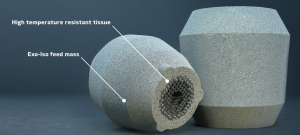
With NETSleeve® the full cross-section of the riser opening is available and risers or sleeves achieve the maximum possible modulus. Another advantage: risers or sleeves can simply be knocked off without prior cutting and without sawing or reworking.
The advantages of NETSleeve®
- The advantages of NETSleeve®
- Up to almost 90 % time savings in fettling work (see illustration below)
- Easy knocking off of feeders or sleeves without cutting and sawing
- Virtually no rework required
- Maximum feeder capacity thanks to no necking down
- No risk of early solidification at the riser neck
- More feeding reliability as the inner geometry shifts the thermal centre into the riser

Case study NETSleeve®: Machine component manufactured by a foundry that wishes to remain anonymous
“NETSleeve® technology allows us to increase the fettling rate of this component by a multiple without investing in costly equipment.” A foundry manager
Would you like to know how the customer used NETSleeve® to remove the riser residue from a cast machine part in the regular production process without ejecting it to an additional work station?
To the case study
